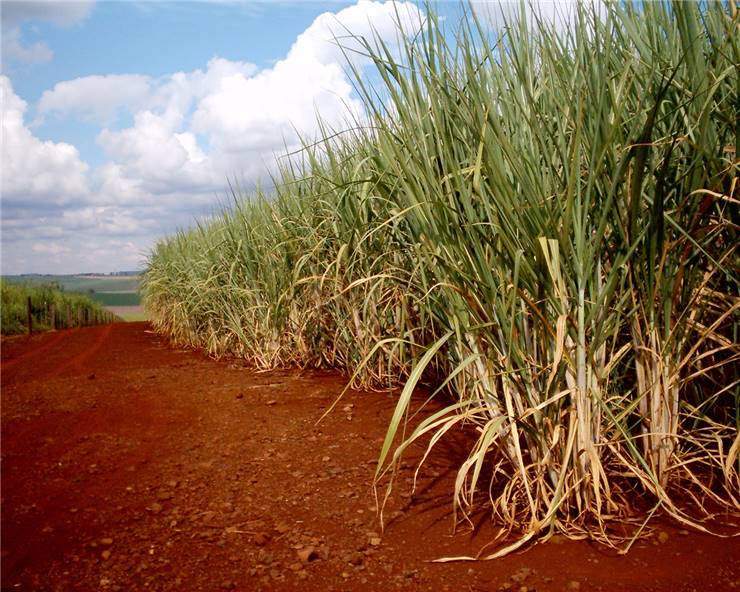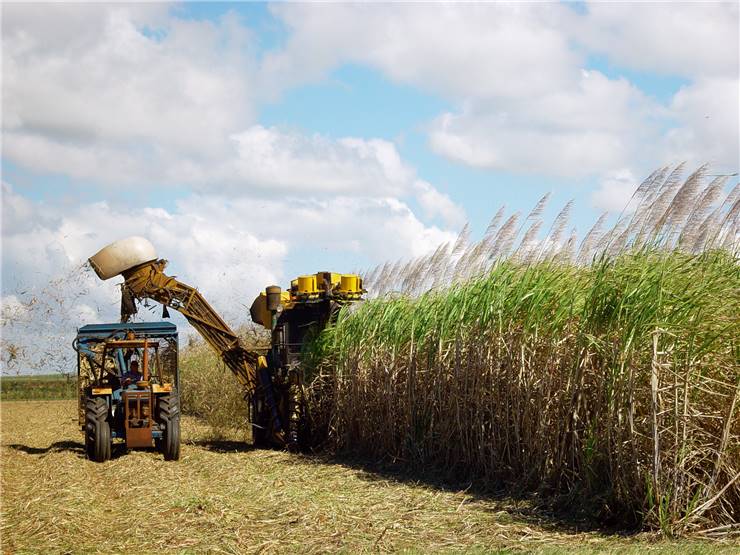Sugarcane History and Facts
History of the sugar and the world economy would look drastically different without the presence of sugarcane, incredible plant that drove many changes in our modern history and forged the basis of the modern cuisine. With its incredible ability to create and store sucrose in large quantities, sugarcane went from unknown wild species of Asian perennial true grasses to the world’s largest cultivated crop.
Sugarcane is a grass plant of the genus Saccharum, tribe Andropogoneae that can be found in 36 species variety. It was originally native to warm tropical regions of Asia, but after early civilizations found out about its usefulness it quickly spread. This enabled new civilizations to improve theirsugar production with crossbreeding (all current commercial sugarcanes are complex hybrids), which only increased sugarcane’s popularity.

Sugarcane was originally domesticated around 8000 BC in New Guinea. From there knowledge about this plant slowly moved toward east across Southeast Asia until it reached India, where the first organized production of sugar began during middle of 1st millennia BC. In the beginning sugar was extracted from sugarcanes by chewing and extracting fluids via water, but in 5th century AD Indian chemist found a way to crystalize extracted sucrose, making sugar much easier to transport. With this great discovery, sugar became very expensive trading item of India, and sugarcanes themselves started spreading across the Asia and Middle East. Arab nations adopted sugarcanes, and spread them toward Mediterranean, especially after they managed to conquer Egypt. From there sugarcanes reached Spain around 715 AD, but they did not took hold until Crusades, when majority of the Europe became acquainted with the sugar that was imported from the Middle East. Spain, Portugal, Italy, Cypress and Azores tried to establish stable economy around sugarcanes in 16th and 17th century, but vast new lands in the New World offered better climate. Because of that, sugarcanes were quickly introduced to the Americas, where landowners created vast plant ages of this plant. Because growing and processing of sugarcanes was not easy, and demand for sugar was extremely high, organized culling of Africa for slaves became very profitable and popular. With over 12 million slaves displaced from Africa, production of sugar skyrocketed, managing to drop in price and become available to everyone during 19th century.
Today, sugarcane is the world largest crop. In 2010 it was estimated that over 23.8 million hectares of sugarcanes were cultivated in over 90 countries around the world, with a worldwide harvest of 1.69 billion tonnes. The largest producer of Sugarcanes is Brazil, and behind him are India, China, Pakistan, Thailand and Mexico. Also, sugarcane represents a source for 75-80% of worldwide sugar production, with the majority of the rest being taken by sugar beet that is more suited to grow in Europe.


